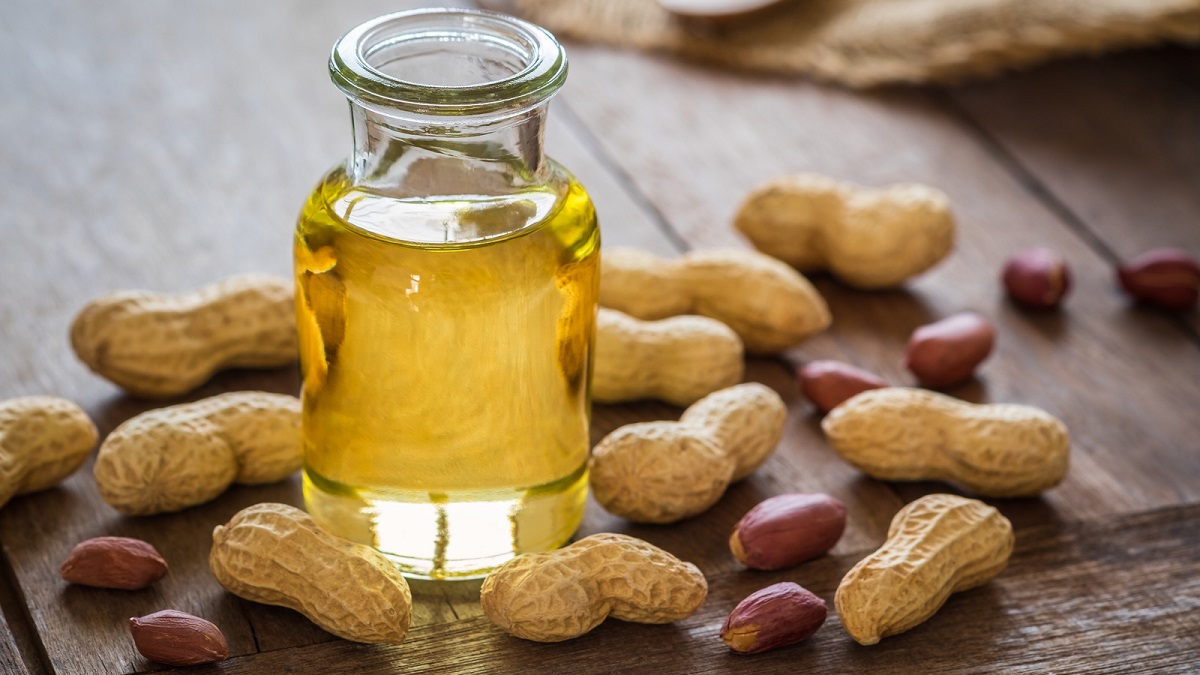

Articles
How To Store Used Peanut Oil For Reuse
Modified: February 24, 2024
Looking for ways to store used peanut oil for reuse? Check out our informative articles on how to properly store and prolong the shelf life of your cooking oil.
(Many of the links in this article redirect to a specific reviewed product. Your purchase of these products through affiliate links helps to generate commission for Storables.com, at no extra cost. Learn more)
Introduction
When it comes to cooking with peanut oil, it’s not uncommon to end up with leftover oil after frying or sautéing. Rather than wasting this oil, you can actually store and reuse it for future cooking purposes. Not only does this help you reduce food waste, but it also saves you money in the long run. However, proper storage and handling of used peanut oil is crucial to maintain its quality and ensure food safety.
In this article, we’ll explore the benefits of reusing used peanut oil and provide you with practical tips on how to store it properly. Whether you’re an avid home cook or a professional chef, these guidelines will help you make the most out of your peanut oil and maintain the delectable flavors in your dishes.
Key Takeaways:
- Reusing used peanut oil offers cost savings, enhanced flavors, and sustainability. Proper storage and filtering are crucial for maintaining quality and safety.
- Refrigerating, freezing, or using airtight containers are effective methods for storing used peanut oil. Regular inspection and proper precautions ensure safety and quality.
Read more: How To Store And Reuse Frying Oil
Benefits of Reusing Used Peanut Oil
Reusing used peanut oil offers several benefits, both from an economic and environmental perspective. Here are some of the key advantages:
- Cost savings: One of the primary benefits of reusing used peanut oil is the cost savings it provides. By storing and using the oil multiple times, you can significantly reduce your expenses on purchasing new oil for cooking purposes. This is especially beneficial for commercial kitchens and restaurants where large quantities of oil are used on a daily basis.
- Enhanced flavors: Used peanut oil can actually enhance the flavors of your dishes. When oil is heated and used for frying, it absorbs and carries the flavors of the ingredients being cooked. By reusing the oil, you can infuse those unique flavors into subsequent dishes, adding depth and richness to your culinary creations.
- Sustainable option: Reusing peanut oil is an environmentally friendly choice. By extending the lifespan of the oil, you reduce the amount of waste generated and minimize your carbon footprint. This contributes to a more sustainable approach to cooking and supports efforts towards a greener planet.
- Convenience: Having a stock of used peanut oil readily available can be incredibly convenient. You won’t need to rush to the store every time you need oil for cooking. By storing and reusing the oil, you can have a ready supply on hand, saving time and effort.
- Improved cooking performance: Used peanut oil has a higher smoke point compared to fresh oil. This means that it can withstand higher temperatures before breaking down and producing harmful smoke. As a result, reusing peanut oil can lead to better cooking performance and results in crispier and more evenly cooked dishes.
With these benefits in mind, let’s explore some practical tips on how to filter and store used peanut oil for reuse.
Tips for Filtering the Used Peanut Oil
Before storing used peanut oil for reuse, it is important to filter out any food particles or impurities that may be present. This not only helps to improve the quality of the oil, but also ensures that it remains safe for cooking. Here are some helpful tips for filtering the used peanut oil:
- Allow the oil to cool: First and foremost, allow the used peanut oil to cool completely before attempting to filter it. Hot oil can cause severe burns, so be patient and let it come to room temperature.
- Use a fine-mesh strainer or cheesecloth: Set up a medium-sized bowl and place a fine-mesh strainer or a cheesecloth over it. This will help catch any larger food particles as you pour the oil through it.
- Pour the oil slowly: Slowly and gently pour the used peanut oil through the strainer or cheesecloth-lined bowl. This will allow the smaller particles and sediment to settle at the bottom, leaving you with cleaner oil on top.
- Repeat the straining process: If you notice that the oil still contains some impurities after the initial straining, you can repeat the process by using a fresh strainer or cheesecloth.
- Dispose of the filtered particles: Once you have finished filtering the used peanut oil, carefully dispose of the filtered particles and food debris. Do not pour them down the sink as they can potentially clog your drains.
By following these simple tips, you can ensure that your used peanut oil is filtered properly and ready for storage. Now let’s explore the different methods you can use to store the oil for reuse.
Storing Used Peanut Oil for Reuse
Proper storage is essential when it comes to preserving the quality and freshness of used peanut oil. Here are three effective methods for storing it:
- Method 1: Refrigerating Used Peanut Oil
- Allow the used peanut oil to cool completely.
- Transfer the oil to a clean, airtight container.
- Label the container with the current date.
- Place the container in the refrigerator.
- Keep the oil refrigerated for up to 1-2 weeks.
- Method 2: Freezing Used Peanut Oil
- Cool the used peanut oil completely.
- Transfer the oil to a freezer-safe container, leaving some headspace for expansion.
- Seal the container tightly and label it with the date.
- Place the container in the freezer.
- Keep the oil frozen for up to 3-6 months.
- Method 3: Using Airtight Containers for Storage
- Cool the used peanut oil completely.
- Transfer the oil to a clean, airtight container.
- Make sure the container is tightly sealed to prevent any air or moisture from entering.
- Store the container in a cool, dark place away from direct sunlight or heat sources
- Use the oil within 1-2 weeks for the best quality.
- Allow the used peanut oil to cool: Before refrigerating the oil, make sure it is completely cooled. Hot oil can cause condensation and spoilage when placed in the refrigerator, so it’s important to allow it to reach room temperature.
- Transfer the oil to a clean, airtight container: Once the oil has cooled, carefully pour it into a clean and dry container with an airtight seal. Glass jars or food-grade plastic containers are suitable options for storing used cooking oil.
- Label the container: It’s essential to label the container with the date of storage. This will help you keep track of how long the oil has been stored and determine its freshness later on.
- Store in the refrigerator: Place the container of used peanut oil in the refrigerator, in a spot where it won’t be easily bumped or jostled. The cool temperature of the refrigerator helps slow down the oxidation process and preserves the quality of the oil.
- Use within 1-2 weeks: When stored in the refrigerator, used peanut oil can typically be kept for 1-2 weeks. However, it’s important to regularly inspect the oil for any signs of spoilage or off-flavors. If you notice any unusual odors or visible changes in the oil, it should be discarded.
- Cool the used peanut oil: Before freezing, allow the used peanut oil to cool completely. It’s important to start the freezing process with oil that is at room temperature to prevent any condensation from forming.
- Transfer the oil to a freezer-safe container: Choose a container specifically designed for freezing, such as freezer-safe plastic containers or glass jars. Make sure to leave some headspace in the container to allow for expansion as the oil freezes.
- Seal the container tightly: To prevent air exposure and freezer burn, ensure that the container is sealed tightly. A secure lid or cover will help maintain the quality of the oil during freezing.
- Label the container with the date: It’s crucial to label the container with the date of freezing. This will help you keep track of how long the oil has been stored and determine its freshness when you’re ready to use it.
- Place the container in the freezer: Put the sealed container of used peanut oil in the freezer. Ideally, place it in a part of the freezer where it won’t be subjected to frequent temperature fluctuations.
- Store for up to 3-6 months: When properly frozen, used peanut oil can be stored for 3-6 months. However, it’s important to note that the quality and taste may gradually degrade over time. It’s best to use the oil within a few months for optimal flavor.
- Cool the used peanut oil: Allow the used peanut oil to cool completely before transferring it to a storage container. It’s important to start the process with oil that is at room temperature.
- Transfer the oil to a clean, airtight container: Choose a container that is specifically designed for food storage and has a tight-fitting lid or seal. Glass jars or food-grade plastic containers are excellent options for storing used peanut oil.
- Ensure a tight seal: Make sure that the container’s lid or seal is secure and airtight. This prevents air and moisture from entering, which can lead to the oil becoming rancid or developing off-flavors.
- Label the container: Label the container with the date of storage. This will help you keep track of how long the oil has been stored and determine its freshness when you’re ready to use it.
- Store in a cool, dark place: Find a cool spot in your pantry or kitchen cabinet away from direct sunlight or heat sources. Storing the oil in a cool and dark environment helps preserve its quality and extends its shelf life.
- Use within 1-2 weeks: When stored in airtight containers, used peanut oil can typically be kept for 1-2 weeks. It’s important to regularly inspect the oil for any signs of spoilage or off-flavors. If you notice any unusual odors or visible changes in the oil, it should be discarded.
- Filtering the oil: It’s crucial to filter the used peanut oil before storing it. This helps remove any food particles or impurities that may cause spoilage or affect the taste of the oil. Use a fine-mesh strainer or cheesecloth to effectively remove debris.
- Cooling the oil: Always allow the used peanut oil to cool completely before transferring it to a storage container. Storing hot oil can lead to condensation, which can promote bacterial growth or compromise the quality of the oil.
- Contamination prevention: Ensure that the storage containers, utensils, and any filtering equipment are clean and free from any residue. Contaminants can cause the oil to spoil more quickly or become unsafe for consumption.
- Protection from light and heat: Store used peanut oil in a cool, dark place away from direct sunlight and heat sources. Exposure to light and heat can accelerate the oxidation process and cause the oil to become rancid more quickly.
- Regular inspection: Periodically check the stored peanut oil for any signs of spoilage, such as an off smell, unusual texture, or discoloration. If you notice any of these signs, it’s best to discard the oil to prevent any potential health risks.
- Limited storage time: Used peanut oil should not be stored for an extended period. While refrigeration and freezing can prolong its usability, it’s important to use the oil within the recommended storage times to maintain its freshness and flavor.
- Dedicated storage containers: If you frequently reuse peanut oil, consider using separate containers for storage to prevent cross-contamination with other ingredients or flavors. This helps maintain the integrity of the oil and avoids unwanted flavor transfers.
- Quality assessment: Trust your senses when assessing the quality of stored used peanut oil. If the oil has developed an off smell, an unpleasant taste, or shows signs of spoilage, it’s best to err on the side of caution and discard it.
Refrigerating used peanut oil is a simple and effective method for storage. Follow these steps:
When you are ready to use the oil, simply remove it from the refrigerator and bring it to room temperature before cooking. Remember to discard the oil if it develops an off smell or appearance.
Freezing used peanut oil is another effective way to extend its shelf life. Here’s how to do it:
When you need to use the oil, thaw it in the refrigerator overnight. Once thawed, it can be brought to room temperature before cooking.
Using airtight containers is suitable for short-term storage of used peanut oil. Here’s what you need to do:
Remember to regularly check for any signs of spoilage, such as a rancid smell or a cloudy appearance. If you notice any of these signs, it’s time to discard the oil.
By following these storage methods, you can ensure that your used peanut oil remains fresh and ready to use for future cooking endeavors.
Method 1: Refrigerating Used Peanut Oil
Refrigerating used peanut oil is a popular method for storing it and extending its usability. Here’s a step-by-step guide on how to safely refrigerate used peanut oil:
When you’re ready to use the refrigerated used peanut oil, remove it from the refrigerator and let it come to room temperature. This will help the oil regain its normal consistency before use. It’s important to note that refrigerating used peanut oil multiple times can affect its quality, so it’s recommended to use it within a couple of times before replacing it with fresh oil.
By following these steps, you can successfully refrigerate and store your used peanut oil, ensuring its usability for future culinary endeavors.
After using peanut oil, allow it to cool to room temperature, then strain it through a fine mesh sieve or cheesecloth to remove any food particles. Store it in an airtight container in a cool, dark place to prevent it from going rancid.
Read more: How Much Peanut Oil For Turkey Fryer
Method 2: Freezing Used Peanut Oil
Freezing used peanut oil is an excellent method for long-term storage, allowing you to preserve its freshness and usability for extended periods. Here’s a step-by-step guide on how to freeze used peanut oil:
When you’re ready to use the frozen used peanut oil, remove it from the freezer and allow it to thaw in the refrigerator overnight. Thawing the oil slowly in the refrigerator ensures a gradual return to its liquid state. Once thawed, the oil is ready to be used for cooking.
Remember to check the oil’s appearance and smell before using it. If you detect any signs of spoilage or a rancid smell, it’s best to discard the oil.
By following these steps, you can successfully freeze and store your used peanut oil, maintaining its quality and flavor for future culinary adventures.
Method 3: Using Airtight Containers for Storage
Using airtight containers is a simple and convenient method for storing used peanut oil for short-term use. Here’s a step-by-step guide on how to store used peanut oil using airtight containers:
When you’re ready to use the stored used peanut oil, simply remove it from the airtight container and bring it to room temperature before cooking. It’s important to note that using airtight containers is suitable for short-term storage, so it’s recommended to use the oil within a couple of weeks before replacing it with fresh oil.
By following these steps, you can easily store your used peanut oil in airtight containers, preserving its quality and flavor for future cooking endeavors.
Important Considerations for Storing Used Peanut Oil
While storing used peanut oil can be a practical way to extend its usability, there are some important considerations to keep in mind to ensure safety and maintain the quality of the oil:
By considering these factors and taking proper storage precautions, you can safely store and reuse used peanut oil, maximizing its usage while ensuring the safety and quality of your culinary creations.
Conclusion
Learning how to properly store used peanut oil for reuse can be a game-changer in your cooking routine. Not only does it save you money and reduce food waste, but it also allows you to enhance the flavors of your dishes while contributing to a more sustainable approach in the kitchen.
By following the tips for filtering the used peanut oil, you can ensure that any food particles or impurities are removed, resulting in a cleaner and higher-quality oil. Whether you choose to refrigerate, freeze, or use airtight containers for storage, each method has its merits and can help extend the shelf life of the oil.
Remember to assess the oil regularly for any signs of spoilage, and trust your senses when determining its usability. It’s important to use the oil within the recommended storage times to maintain its freshness and flavor.
By implementing these storage practices and considerations, you can enjoy the cost savings, enhanced flavors, and convenience that come with reusing used peanut oil. So, next time you find yourself with leftover oil from frying or sautéing, don’t discard it – store it properly and give it a second life in your culinary adventures.
Start incorporating these storage techniques today, and you’ll not only save money but also add a flavorful twist to your dishes while minimizing your impact on the environment. Happy cooking!
Frequently Asked Questions about How To Store Used Peanut Oil For Reuse
Was this page helpful?
At Storables.com, we guarantee accurate and reliable information. Our content, validated by Expert Board Contributors, is crafted following stringent Editorial Policies. We're committed to providing you with well-researched, expert-backed insights for all your informational needs.
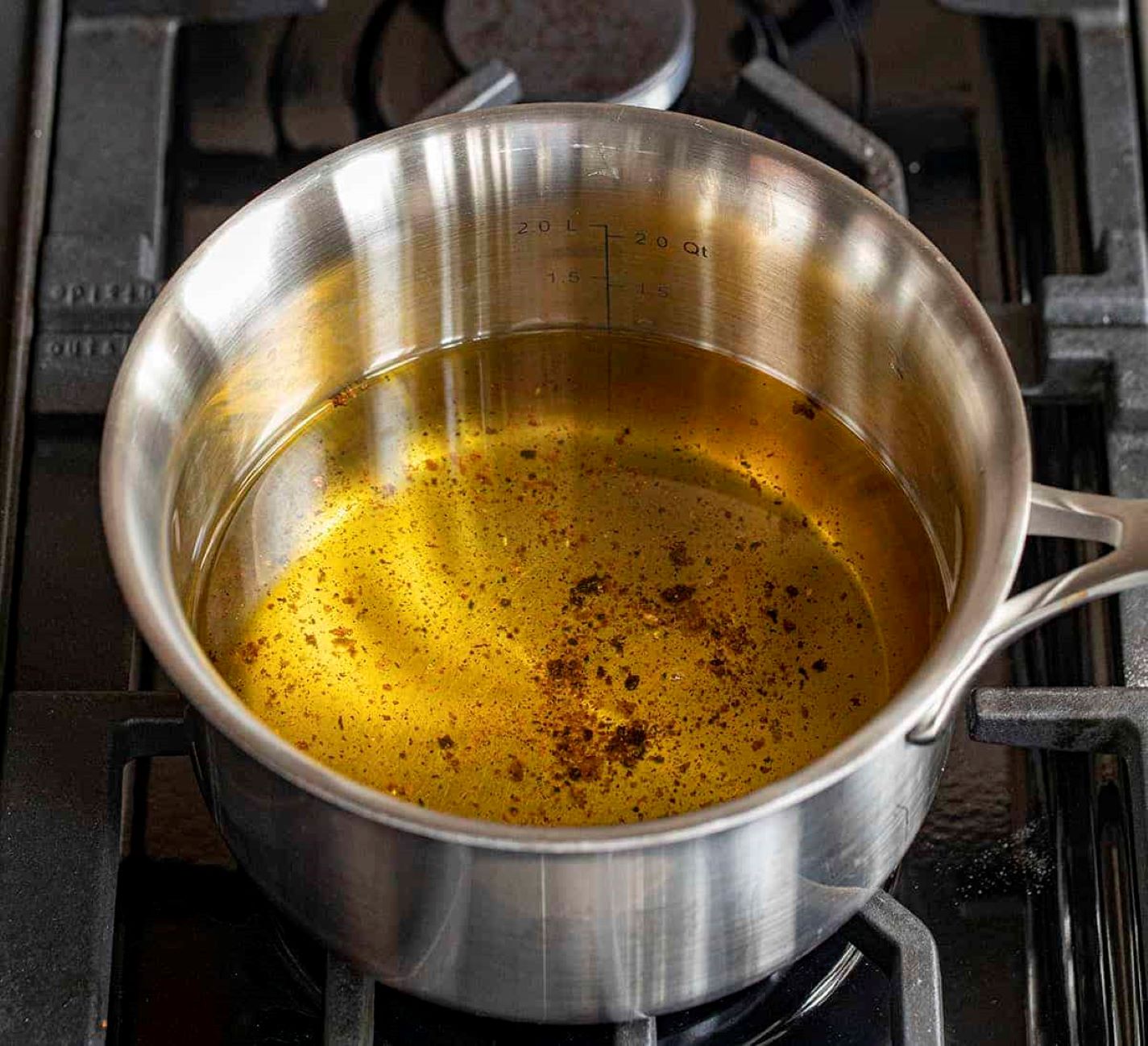
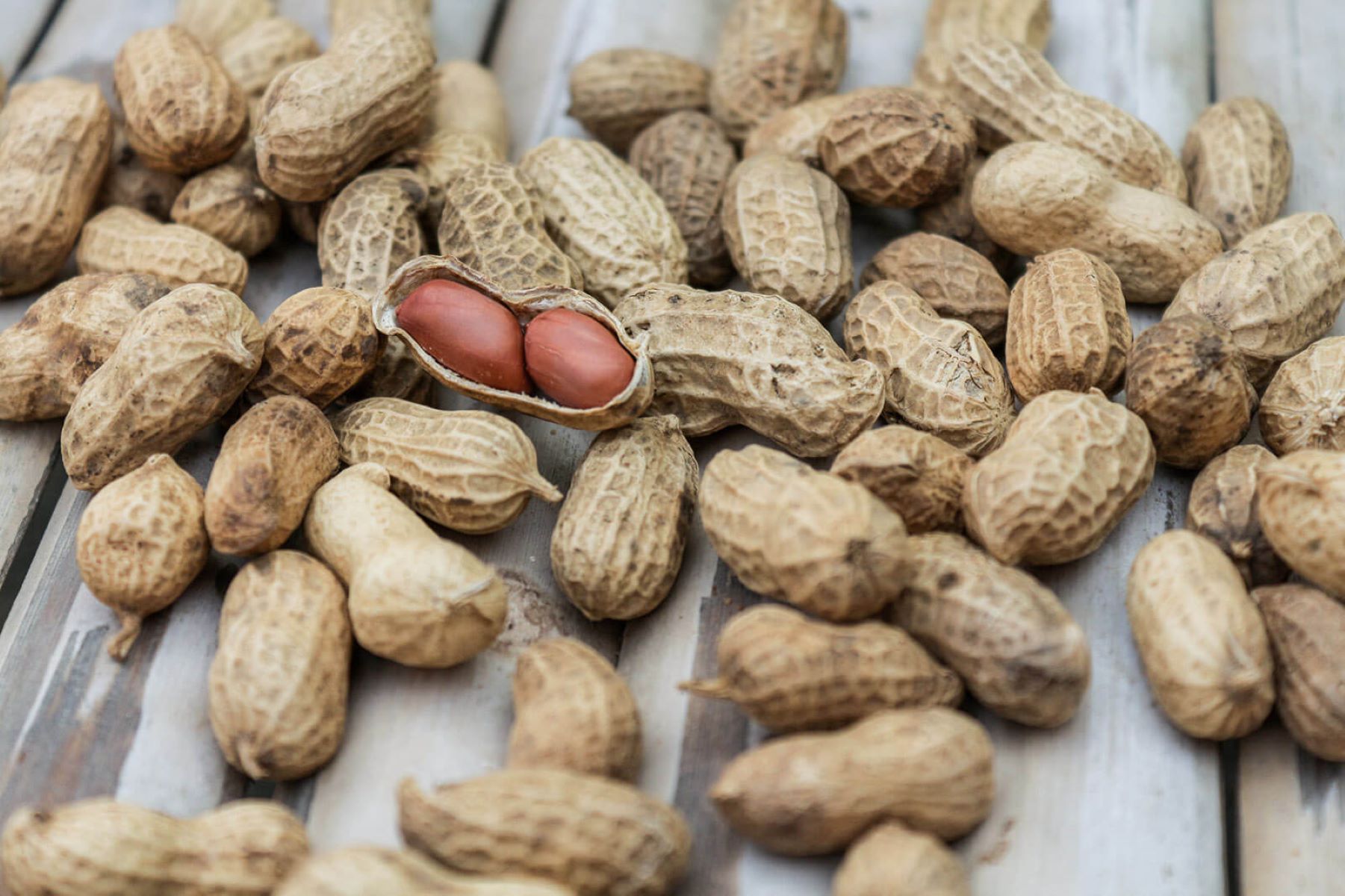
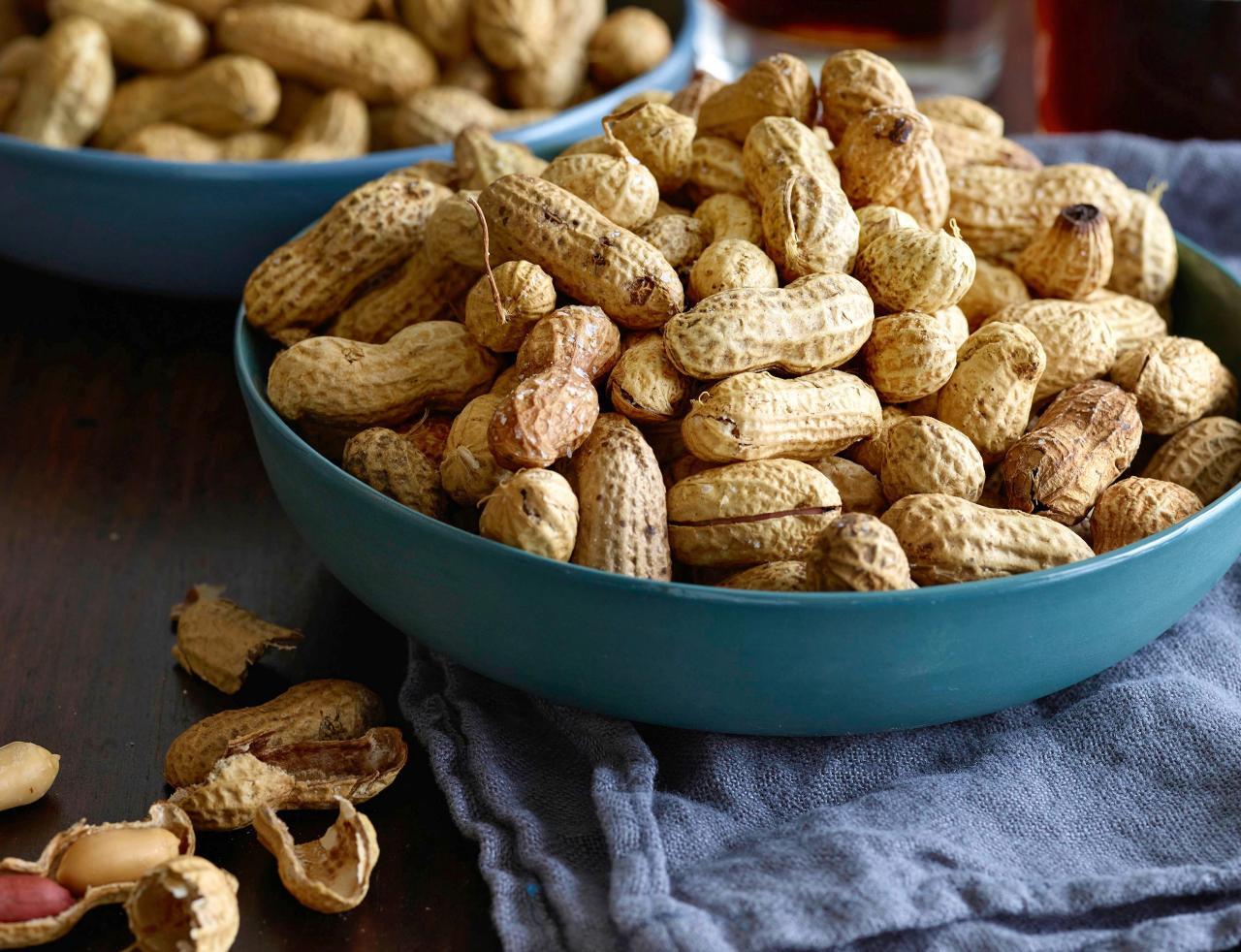
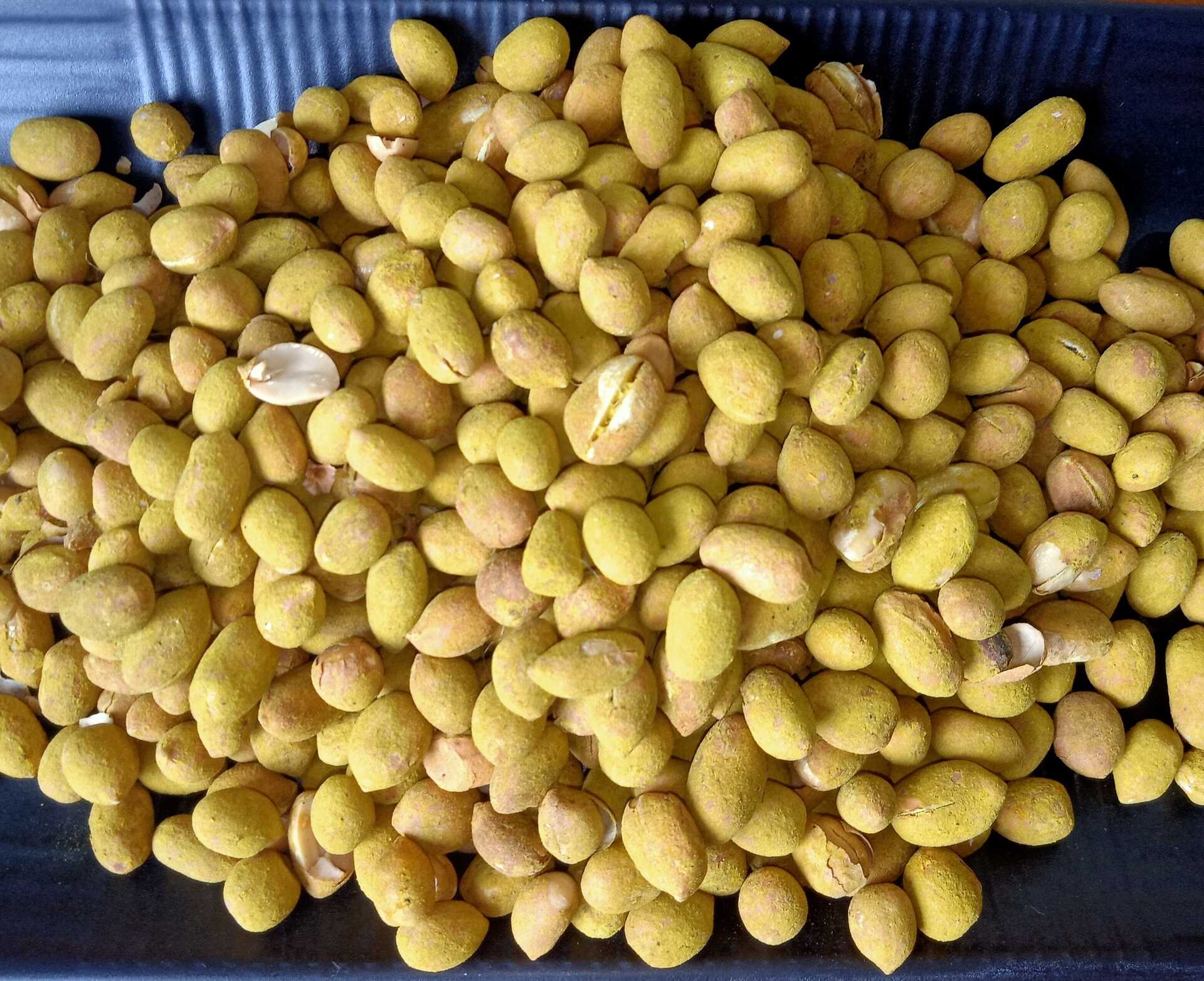

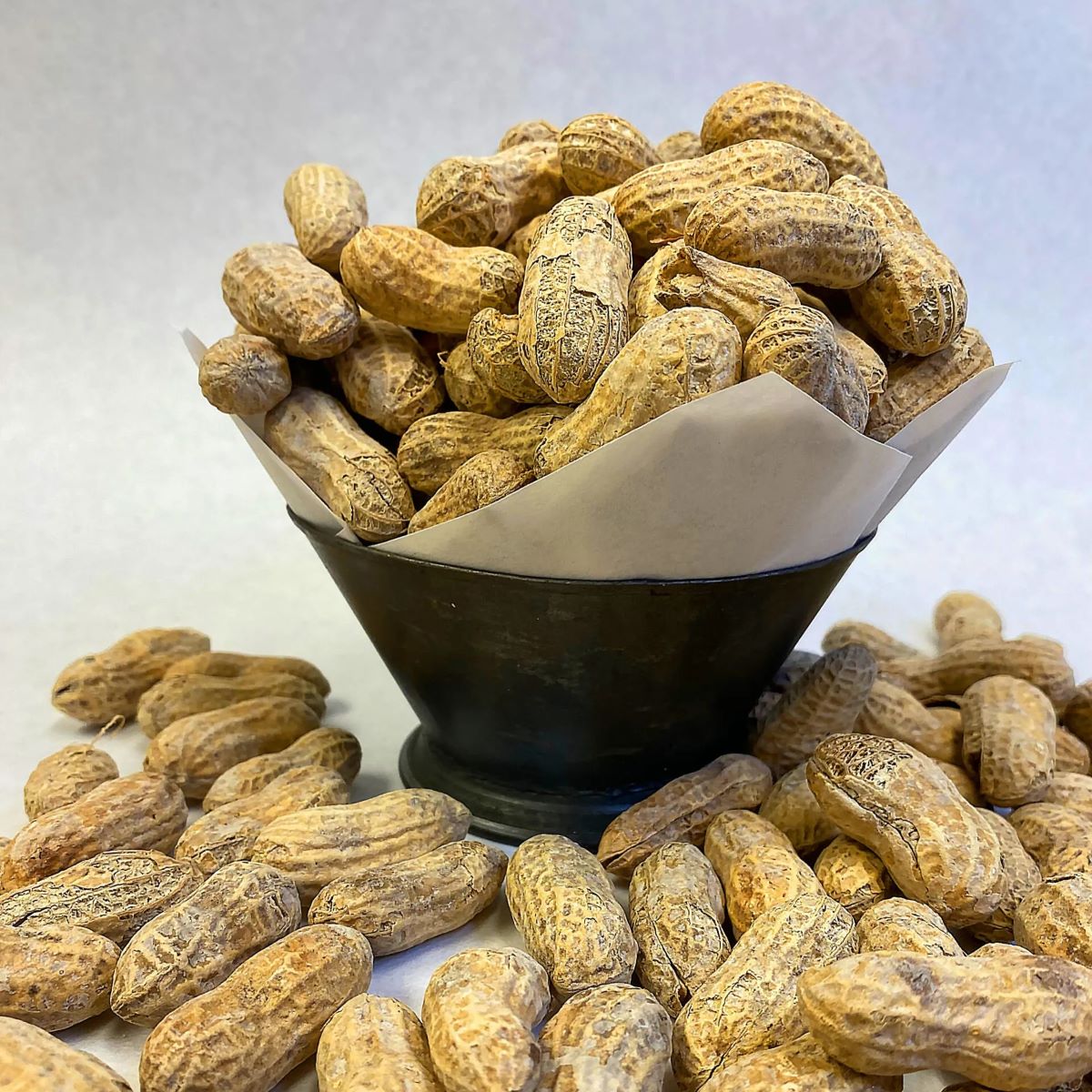
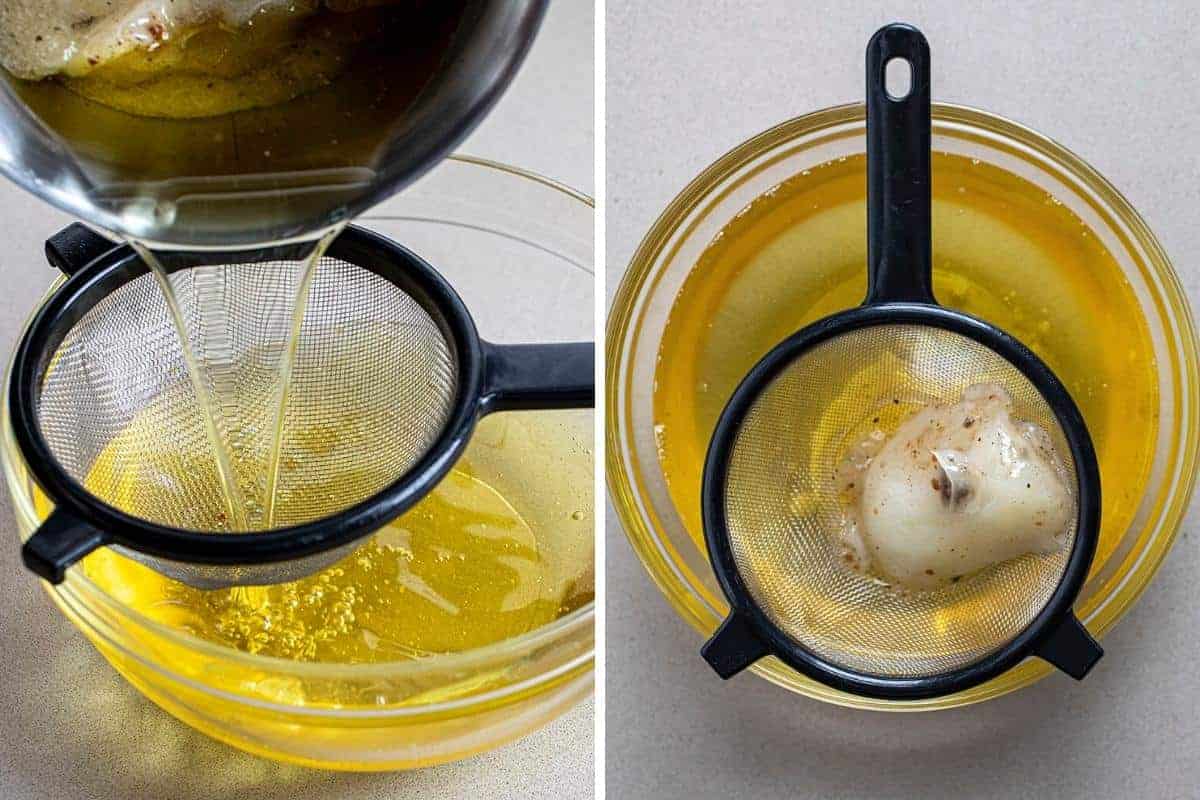
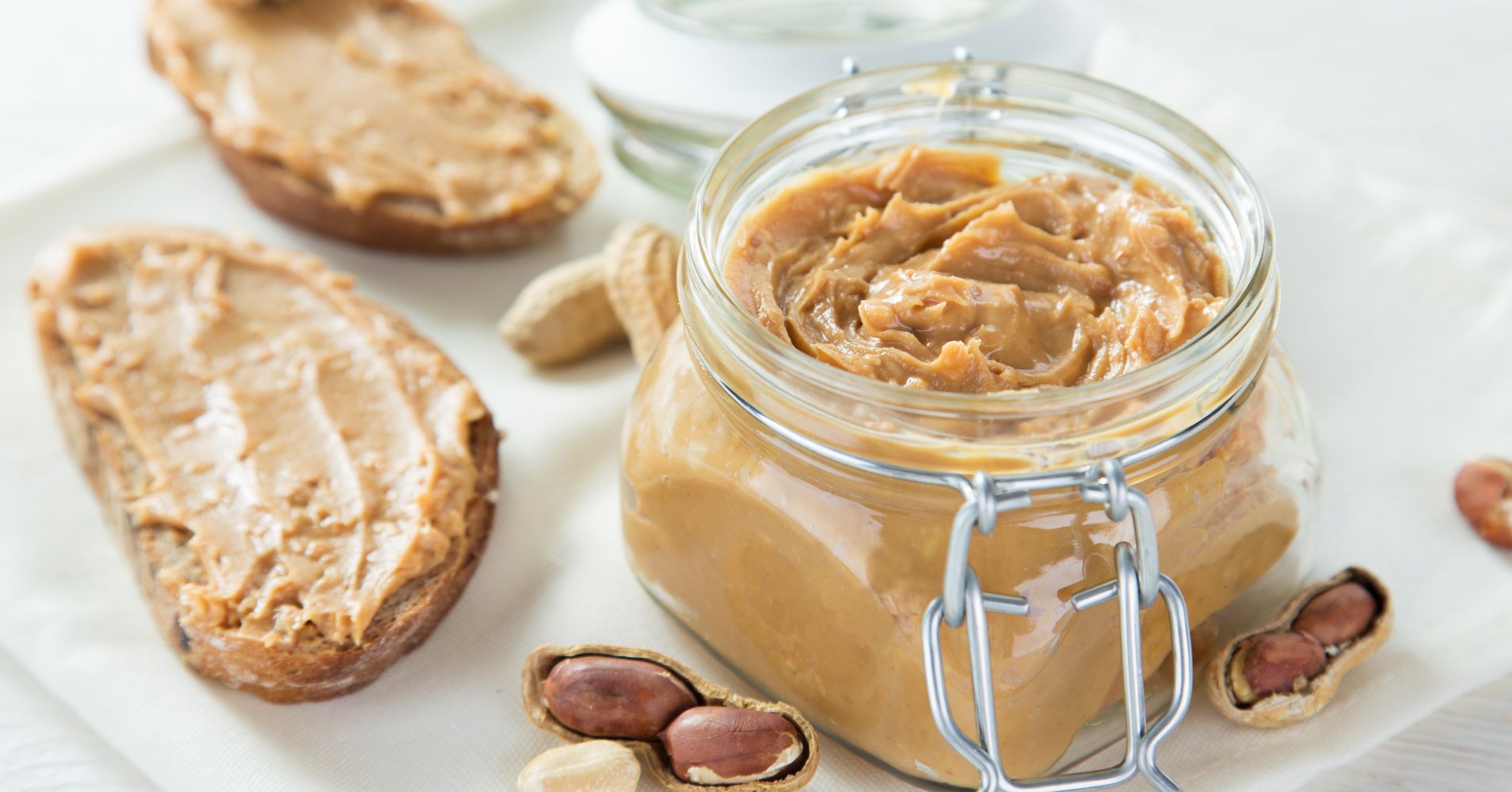

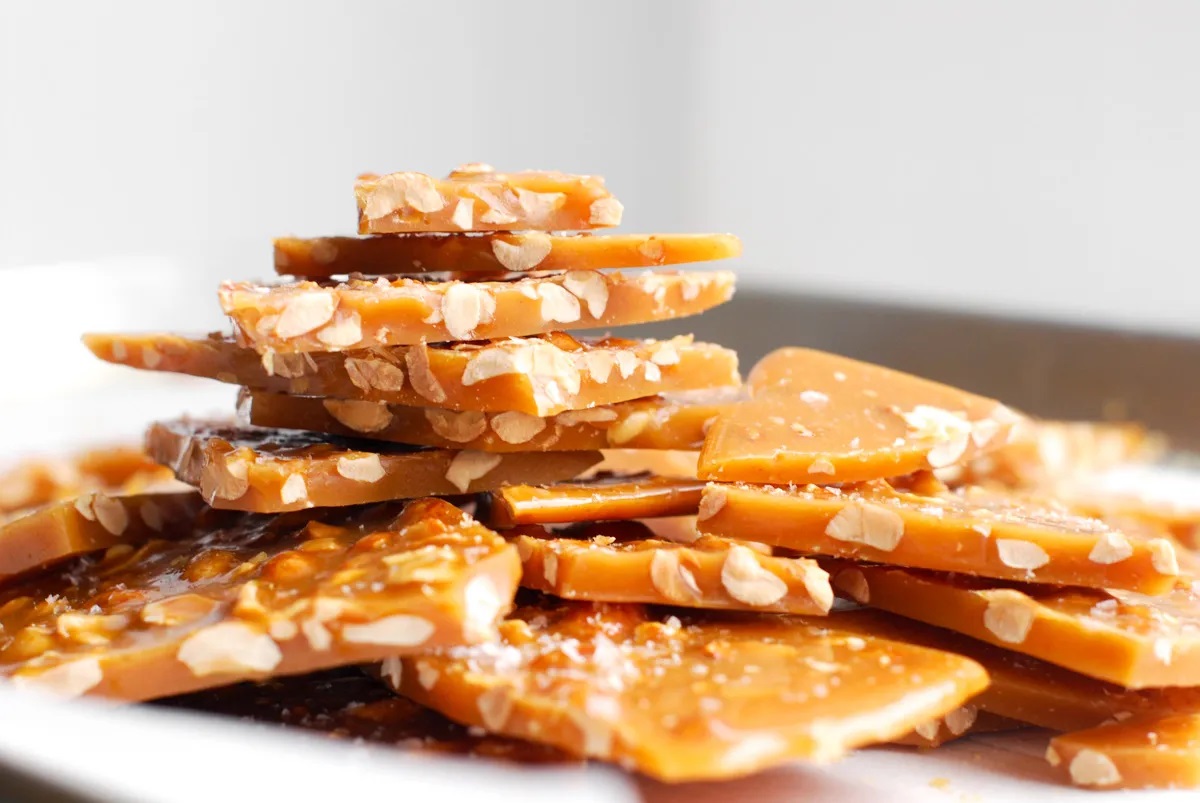

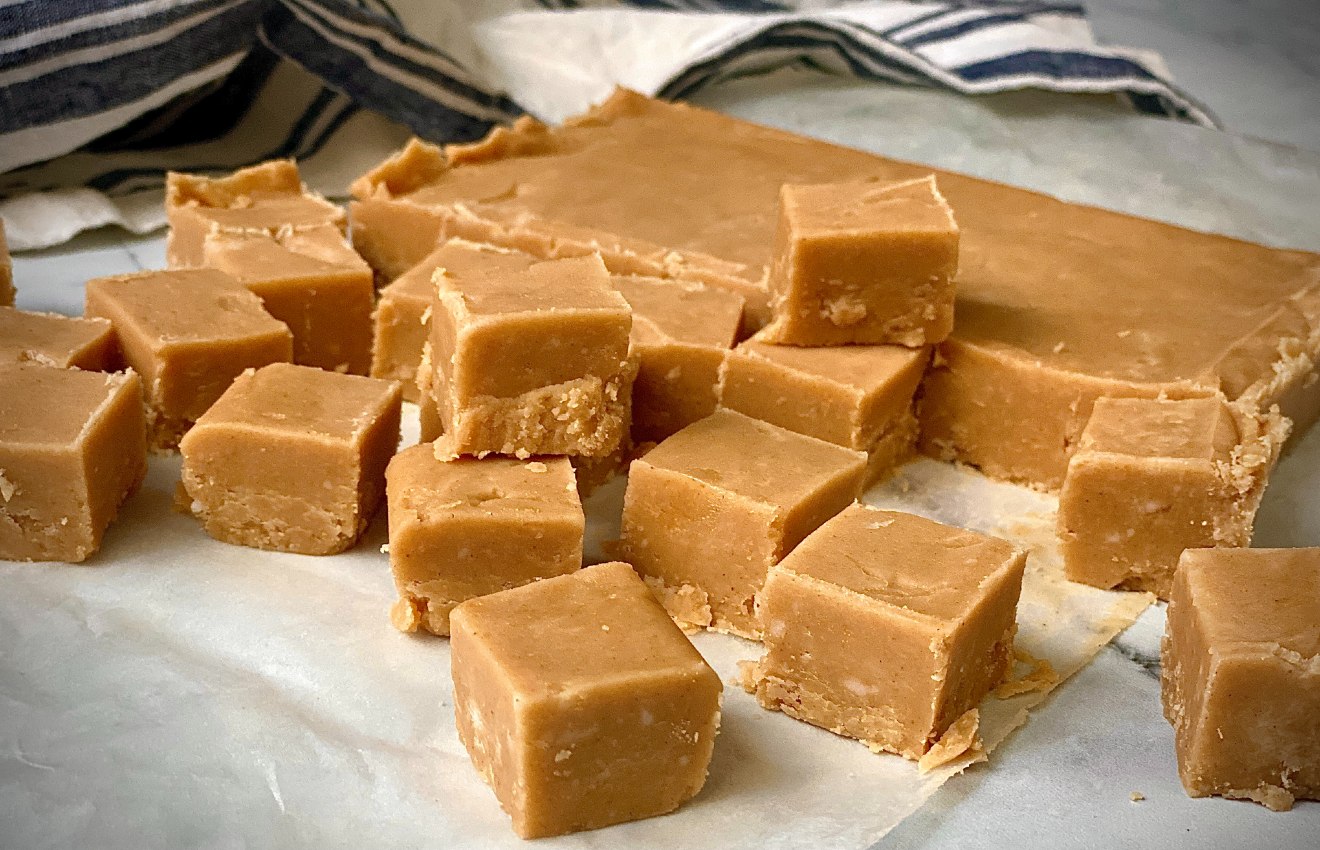



0 thoughts on “How To Store Used Peanut Oil For Reuse”